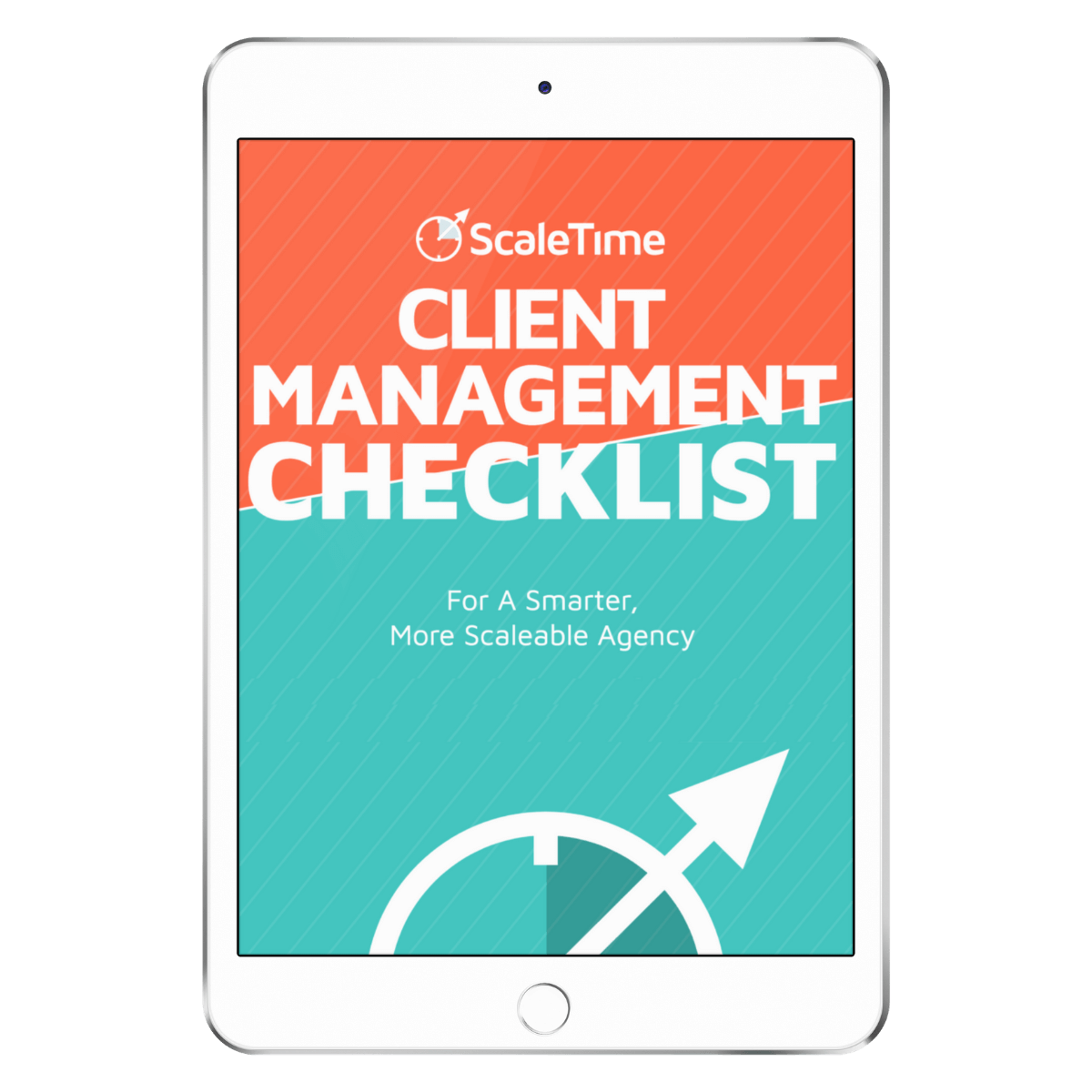
Putting a job posting up on a job site like Indeed is like throwing a grenade on top of a mountain and waiting for it to explode.
If you’ve created the right posting, you’re about to get an avalanche of resumes (one posting on Indeed can easily generate over 100 applications).

Few business owners have any reliable way for sorting through them. Maybe you’re one of those people who spends 15 minutes on every single one, throwing away days in the process. Or maybe you only review a certain number of resumes, and ignore the rest, potentially passing over the best candidate. Either ways, after just a few reviews all resumes start to look the same. Then you start second-guessing yourself. And then the overwhelm takes over. There’s a much, much better way. After hiring hundreds employees of my own, and helping hundreds of clients do the same, I’ve developed a streamlined process that helps you quickly review the resumes you receive, while maintaining high standards to make sure you get the right candidate. The process involves sorting employees into different buckets as quickly as possible. The Yes’s, maybes, hell nos, and people that might be good for something else. Each resume should take 30 seconds to review. There are 4 key points you want to look for when you’re sorting through resumes.

1. Basic standards
There are a few questions we want to ask before we move on to the content of the resume:
- Is the person real? Yes, you might get spam resumes
- Is this resume formatted with any degree of professionalism?
- Are they based in a suitable location for the job?
2. Dependability
Here we’re looking to see if they’ve kept down a job for a year or longer, or if they have any big gaps in their resume. Although this doesn’t tell the full story, if a resume is filled with 3 and 6 month jobs, that’s a big red flag. Another red flag is if there are gaps in employment of more than a few months. Sure they could explain these issues, but we don’t have time to get everyone’s story here.
3. Experience
Looking at their job titles, do they have experience doing what you’ll need them to do? When we do this scan, we aren’t looking for someone with a perfect experience match (although that would be nice). What we’re looking for are job positions that are related to what we’re asking them to do, or ones that require similar skill sets.
4. Specific requirements
Are there any deal breakers or standards they must meet? Now is when you look for them. Certificates, degrees, or anything else that they must have. At first this may take a minute or two, but believe me, after looking through a few resumes, you’ll be a pro. Having too many resumes to review is a good problem to have, but a problem nonetheless. Following this process is an easy way to save time and money, while increasing your chances of finding the perfect hire for your company.





















%20(1).gif)
